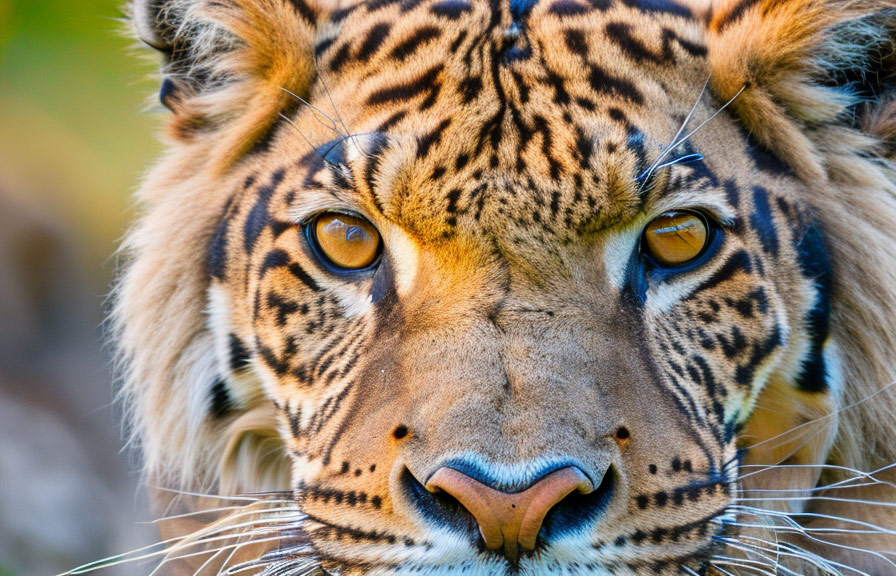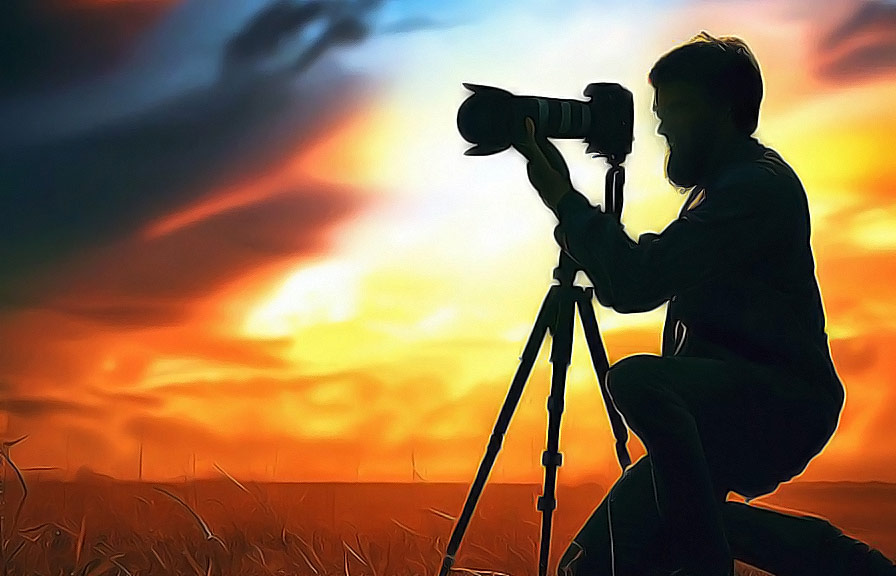Did you know that wildlife photography is one of the most challenging yet rewarding types of photography? capturing the beauty of animals in their natural habitat requires a combination of skill, patience, and perseverance. in this post, we'll explore some creative ideas for taking eye-catching wildlife photos and share tips on
How to find and photograph wildlife in its natural habitat. plus, we'll discover the importance of patience and perseverance in getting that perfect shot.

A world of wonder awaits: finding and photographing wildlife in its natural habitat
The first step to taking stunning wildlife photos is finding your subjects. while some photographers venture to exotic locations, you don't need to travel far to find wildlife. in fact, many species can be found in your own backyard or local parks.
When scouting for wildlife, it's essential to be respectful and mindful of their environment, so as not to disturb or harm them.
Begin by researching the types of animals native to your area and their habitats. familiarize yourself with their patterns and behaviors, so you know when and where to find them. early mornings and late afternoons are often the best times to spot wildlife, as this is when they are most
Active.
Once you've located your subjects, observe them from a distance and use a telephoto lens to avoid spooking them. this will enable you to capture intimate and candid moments without disturbing their natural behavior.
Fun fact: did you know that birds make up nearly 40% of all known animal species? this means there's a good chance you can find a wide variety of birds to photograph, even in urban areas!
Creative techniques for capturing the beauty of wildlife
Now that you've found your subjects, it's time to get creative with your photography. here are some techniques for taking eye-catching wildlife photos:
1. Use the rule of thirds: when composing your shot, imagine a grid dividing your frame into nine equal parts. place your subject at the intersection of these lines to create a more balanced and visually appealing image.
2. Capture action: wildlife photography is all about capturing the essence of an animal's life. look for moments of action, such as birds in flight or predators stalking their prey, to create dynamic and engaging images.
3. Experiment with lighting: utilize natural light to your advantage by shooting during golden hour or using backlighting to create dramatic silhouettes.
4. Incorporate the environment: showcase the animal's habitat by using a wide-angle lens or including natural elements like trees, water, or mountains in your composition.
5. Focus on the eyes: the eyes are the windows to the soul, even for animals. make sure your subject's eyes are in focus to create a strong emotional connection with the viewer.
Little-known fact: the fastest animal on earth is not the cheetah, but the peregrine falcon. when hunting, these birds can reach speeds of up to 240 mph in a dive!
Patience and perseverance: the key to the perfect wildlife photo
As any experienced wildlife photographer will tell you, patience and perseverance are crucial for success in this field. wildlife is unpredictable, and it can take hours, days, or even weeks to capture the perfect shot. here are some tips for practicing patience and perseverance in wildlife photography:
1. Do your research: the more you know about your subject's behavior, the better prepared you'll be to anticipate and capture the perfect moment.
2. Be prepared: always have your camera settings ready for action, so you won't miss a shot when the moment arrives.
3. Embrace the process: remember that the process of observing and waiting for your subjects can be just as rewarding as capturing the perfect photo. use this time to immerse yourself in nature and appreciate the beauty of the world around you.
4. Learn from your mistakes: no photographer is perfect, and you'll inevitably miss some shots. analyze what went wrong and use these lessons to improve your skills and increase your chances of success in the future.
5. Stay persistent: wildlife photography requires a lot of time and effort, but the payoff is worth it. keep trying, and eventually, you'll capture that once-in-a-lifetime shot.
Conclusion
Wildlife photography is an exciting and rewarding pursuit that allows you to showcase the beauty of the natural world. by finding and photographing animals in their natural habitat, exploring creative techniques, and practicing patience and perseverance, you'll be well on your way to capturing breathtaking wildlife photos that will
Captivate and delight your audience. so, bring your camera, head out into nature, and let the adventure begin!
